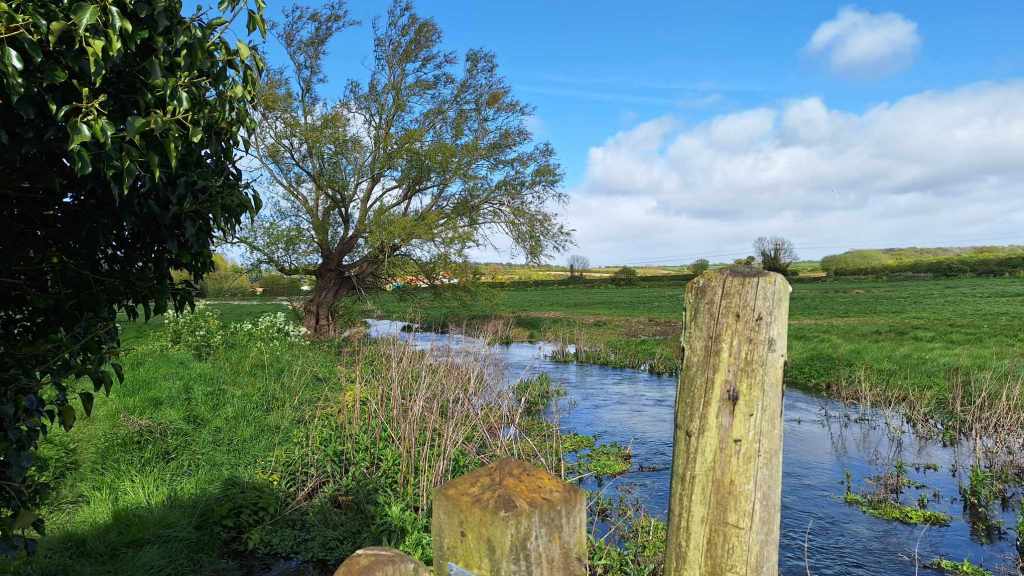It’s not enough to say Horatio Nelson was born in Burnham, Norfolk.
At the time of his birth in 1758, there were seven Burnhams, all cosied up to one another within two square Norfolk miles. On that north-west tip of the county you could find Burnham Deepdale, Burnham Norton, Burnham Overy, Burnham Sutton, Burnham Ulph, Burnham Westgate and Burnham Thorpe. A nursery rhyme from the Middle Ages sang of ‘London, York and Coventry – and the seven Burnhams by the sea’, but clearly even the anonymous writer of this pulsating verse couldn’t be bothered to divvy the seven blighters up.
Soon after Nelson’s death, a mnemonic was devised to give the matter a little clarity:
Nelson Of Thorpe Died Well Under Sail.
It didn’t particularly help.
Later still, the arrival of steam trains rendered the mnemonic useless, with Burnham Westgate, Ulph and Sutton being condensed into the all-new super-village of Burnham Market for the sake of railway marketing. Adding an M and losing the W, U and S opened up the possibility of a slightly more morbid, and mundane, mnemonic:
Mr Nelson Of Thorpe Died.
This new mnemonic never caught on (mainly because I just made it up). Either way, by this point, it was hard for anyone to keep up with which Burnham was which: stagecoach drivers wept; horses complained of depression, stemming from a general lack of direction; and several telegram deliverers voluntarily drowned themselves at high tide.
Luckily, 21st-century Nelson fans need not get themselves in any such muddle. All they need to know is that, yes, there were lots of Burnhams, but the important one is Burnham Thorpe.
The Burnhams were so named because of the diminutive River Burn which winds through all of them on its way to the sea. River is a grandiose word for something so slight. The Burn runs along at ankle height, and at a pace even a sloth might call leisurely. The water trickles from its source near little South Creake, then out past even littler North Creake, then down around a ruined 14th century abbey, and out at the fringes of Burnham Thorpe, running alongside a narrow lane flanked by meadows and farmland.
‘It is sweet water,’ a Burnham Thorpe rector wrote in 1936, ‘its banks scented with fragrant grasses and gay with forget-me-nots and apple pie, all shadowed over with poplar and willow.’
You get the idea.

It was beside the River Burn that Horatio Nelson was born, on September 29th, 1758. Some might assume that Norfolk’s most famous seafarer grew up in and around the Norfolk Broads. The Broads are, in fact, on the other side of the county; for a Georgian child, this might as well have been the other side of Uranus (which was yet to be discovered, or sniggered at). Instead, the world’s most famous sailor was raised beside the world’s comeliest little stream.
Horatio’s exact birthplace and family home – Parsonage House, Burnham Thorpe – was effectively two houses woven into one, stitched at the corner. All hotchpotch brickwork and lopsided chimneys, its red sloping roofs and white walls overlooked a grand, sweeping lawn. It is a building of invaluable historical significance.
Or, at least, it would be if it hadn’t been pulled down in 1803.
Today, all that remains of Parsonage House is a bit of a barn and an outer wall with a plaque drilled into it, saying the parsonage was once there or thereabouts – and casually claiming the building was knocked down in 1808, not 1803. The utter silence of the area does, however, ensure that the site retains something of the spirit of the 1700s.

(Britons are often derided for glorifying their historical figures, almost subjecting them to a permanent embalming. The treatment of Parsonage House, and other Nelson monuments, belies this. As far as I can tell, it’s just as typical of Britain to blithely destroy a site of historic interest as it is to preserve it. I guess we should be pleased that there isn’t a Wetherspoon’s there. For now.)
Although not on par with the knockabout ports of nearby Wells and Cley, the Burnham salt marshes saw a decent turnover of visitors in the 18th century. To live in the Burnhams, like the boyhood Nelson, was to be at once removed from the world yet very much part of it. It was pretty and pastoral, but the North Sea – or ‘Mare Germanicum’, as it was sometimes known – reached out an arm to the continents of chaos beyond. Sea trade drove coast and country forward. Many Burnham locals who didn’t work directly at sea were likely to have been employed making sailcloth or clothing or provisions for those who did.
A lot of mystery surrounds Nelson the child. Although some historians like to over-egg the family connections on his mother’s side (she was related to the former Prime Minister, Sir Robert Walpole), the truth is Horatio Nelson was born a nobody, just another son of a rector in a Norfolk village, with an underwhelming slip of a river running past his house. These were no obvious springboards for future glory on the waves as ‘Britannia’s God of War’ (to quote Lord Byron).

Years later, to an adoring crowd at Great Yarmouth, Nelson described himself as, ‘A Norfolk man and glory in being so’. He never lost affection for the village of his childhood. On the morning of his death at Trafalgar, he is said to have commented with a hint of melancholy that it was the same day as the Burnham autumn fair.
True or not, I have always loved this story. I also like to imagine that the person he said it to, looked back at him and asked, ‘Right. Now which Burnham is that again?’